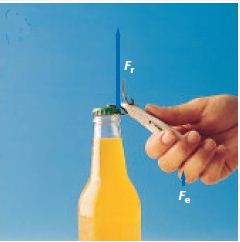How to solve leaning ladder equilibrium numerical?
In this post, we will solve a numerical problem based on the equilibrium of a leaning ladder. To do this you need to first understand the conditions of equilibrium. If you require some revision then you can quickly go through our physics tutorial on the equilibrium conditions first, before attempting this numerical. Anyways, let’s begin […]





